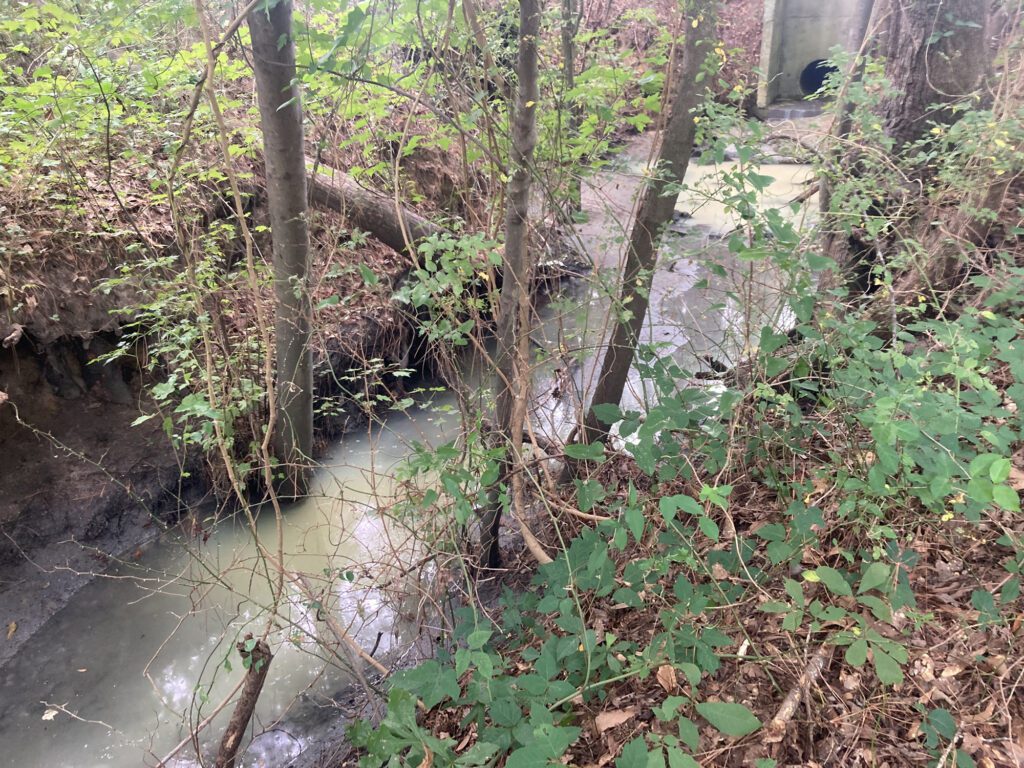
This post has been updated
Sound Rivers has been awarded a more than $250,000 grant to install what the organization calls an innovative stormwater project at West Craven Middle School in Vanceboro.
Supporter Spotlight
The North Carolina Land and Water Fund announced earlier this month the $251,586 grant, along with nearly $50 million grants for projects statewide, to put in place a regenerative stormwater conveyance system at the school campus.
“We’re very grateful for the partnership with West Craven Middle School and Craven County Schools to be able to work together to tackle the stormwater challenges,” Sound Rivers Executive Director Heather Deck said in a release. “This grant will allow us, with our partners, to explore innovative ways to protect smaller streams and reduce stormwater pollution in a more cost-effective way.”
Sound Rivers is a nonprofit organization that works to monitor and protect the Neuse and Tar-Pamlico River watersheds.
Related: Land, Water Fund awards $45M to protect NC places
A series of drains funnel stormwater runoff into an underground pipe around the school. The rainwater from the entire campus is discharged through this single pipe behind the school and the fast-moving water has carved a channel to the Neuse River.
Supporter Spotlight
Sound Rivers Program Director Clay Barber explained in a statement that the unique issue at the school calls for a unique solution.
“The channel’s got some obvious signs of soil erosion, and it’s starting to expose tree roots. Since it’s very close to the river, that sediment is going straight into the Neuse, right next to the Spring Garden boat ramp,” Clay said. “This is a school that is totally surrounded by one pipe and it leads to one place, on the back side of the school. We want to take some of that water out of the pipe, so we’re going to do something called daylighting, where we bring water out of the pipe in the ground and run it down the slope through a series of sand seepage berms.”
The regenerative stormwater conveyance system allows runoff to pool up and filter through one sandy berm at a time, then fill up the next berm. Each time the water filters through a sandy layer, it’s filtering out pollutants, as will the native grasses, trees and shrubs that will be planted along the banks, according to the organization.
“We’ve built two large rain gardens as part of this treatment train, so we’re working on reducing the input and now working at the downstream end to solve the erosion issue — so thanks to multiple funding sources, including Bosch Community Fund, Harold Bate Foundation and Craven Community Foundation, we’ll be working on campus wide solutions,” Deck said.
Clay explained that this project is very innovative because the erosion is in a very early stage, but on its way to becoming a larger problem.
Regenerative stormwater conveyance systems are typically used where there’s a lot of erosion and deep channels. “This is a bit of a study on how effective it is in this region and how effective it is in stopping the erosion,” he added.
Along with Craven County Schools and Kris Bass Engineering, which proposed the system, East Carolina University is partnering with Sound Rivers on the project.

“They’re going to help build some data at how well this thing performs in reducing nasty stuff in getting from point A to point B,” Clay said.







